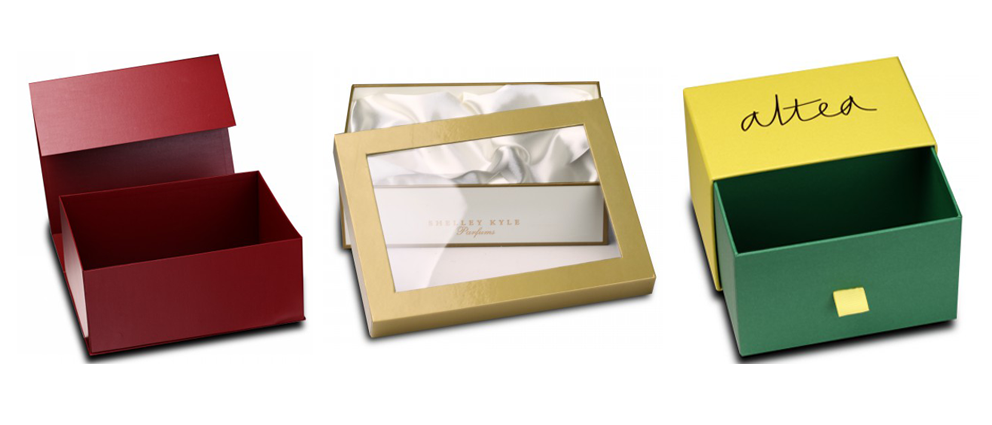The most common causes of failures in lithographic printing plates are: pasting and non-inking (blind). When the non-graphic area begins to ink, there will be a paste phenomenon; when the graphics area can not be attached to the ink will appear white phenomenon.
Paste version
When some parts of the non-graphic area of ​​the printing plate start to print ink, a paste phenomenon occurs. "Non-text" refers not only to large areas of blank space without graphics on the printing plate, but also includes blank areas between halftone dots. Therefore, when the halftone dots begin to fill up with ink, we call it a pasteboard.
The mechanism of the stencil problem is as follows:
In the process of making a printing plate, the non-graphic area is to be made insensitive to ink, that is, to be made hydrophilic and ink-repellent. This is usually achieved by applying a layer of hydrophilic gum, such as gum arabic.
When the plate is cleaned, the hydrophilic adhesive layer may gradually fall off, but it will be replaced by the rubber grease in the dampening solution. When for some reason this kind of substitution does not work properly, the ink may infiltrate the non-graphic area of ​​the printing plate. The result is a blurring of the printing plate. The composition of the ink and paper may also be the cause of blurred printing plates.
Paste Prevention: Because aluminum is a very easy to make hydrophilic metal, so in the past plate-making often face such problems. But now people use the anodized aluminum plate to prepare the printing plate, the vagueness of the printing plate is not the main problem, but the stencil is still one of the problems that people encounter.
To prevent the occurrence of stencils, the printing plate must be subjected to a suitable hydrophilic-hydrophilic treatment during the process of making a printing plate, and at the beginning of the printing, it must be contacted with water and wetted. If the plate is stopped for more than one hour, its non-graphic area should be protected with a hydrophilic adhesive. If the above process is used, the printing plate should be dampened at the time of printing unless a particularly oily ink is used.
If the plate begins to appear blurred, immediate remedial action should be taken. Once the ink is strongly adhered to the non-graphic area of ​​the printing plate, it will be very difficult for the part to be restored to its original shape and become hydrophilic and ink-repellent. The plate should be treated with special hydrophilic degreasing or conditioning agents. For non-graphic areas that have been inked, relatively large pressures are needed to remove the ink and replace it with a hydrophilic coating. Finishing agents should eventually remain on the dried plates, as any repellent will only get better after drying. This treatment method is preferably carried out at least twice before considering the addition of a repellent to the fountain solution for the printing plate.
Paste printing on aluminum printing plates: Sometimes aluminum printing plates produce a special stencil phenomenon in lithographic printing called "dyeing paste". This paste consists of tens of thousands of tiny ink dots. The areas between ink dots still have good hydrophilicity.
The reason for the "dye paste" is due to the presence of corroded pits on the aluminum plate. When the aluminum plate is corroded, many small dots are produced, and these small dots eventually become many pits. When the hydrophilic adhesive layer above the pit is etched away, they will be inked, resulting in a paste.
The reason for this phenomenon usually occurs when the surface of the printing plate is covered with water and the moisture on the plate slowly evaporates. On the plate facing the water roller, the stencil is often distributed in strips.
If the "dye paste" is not too severe, it can be treated with a solution containing phosphoric acid and gum arabic.
